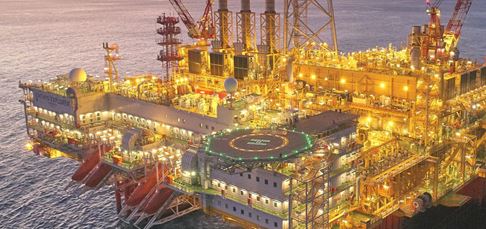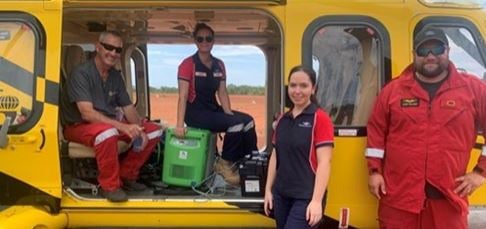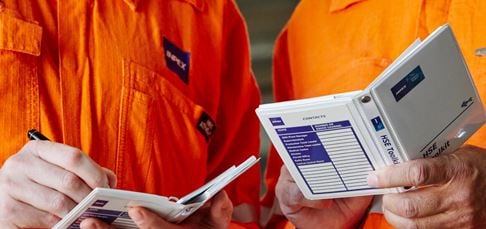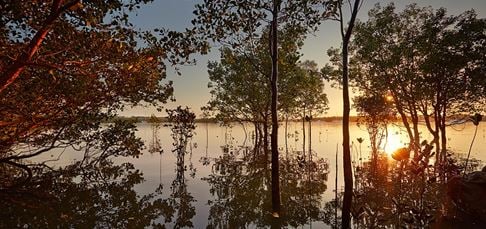
INPEX recognises climate change is a critical issue
– for business and for communities.
INPEX CORPORATION’s business development strategy ‘Towards a Net Zero Carbon Society by 2050’ maps out our company’s participation in the energy transition. We are committed to achieving our climate change response goals to deliver net-zero carbon emissions by 2050.
We are aligned with the goals of the Paris Agreement, a landmark environmental accord, to tackle climate change by transitioning to a low carbon society.
Our Ichthys LNG, one of the world’s largest and most complex operations of its type, features high energy efficiency technologies to minimise greenhouse gas emissions over its 40-years operational life.
Specifically, in Australia INPEX:
- Is investing $34 million in a Northern Territory savanna fire management program to reduce GHG emissions and create employment for Aboriginal and/or Torres Strait Islander peoples.
- Has planted 1.4 million drought-resistant Mallee trees near Ravensthorpe and Albany in Western Australia’s south in a reforestation (biosequestration) assessment project.
- Has invested $10 million in carbon capture and storage evaluation and studies. We are committed to applying every day, proper management of GHG from our operations.
- We are continuing to work with governments, scientists, industry stakeholders and communities to address society’s increasing demands for sustainable, affordable and secure energy while reducing GHG emissions.
Global climate response requires action by the international community. Government policies, technology development, industry response and other long-term collaborative initiatives will be required.
Snapshots
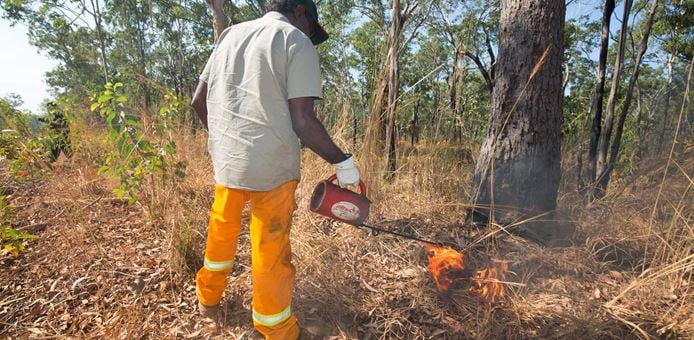
Savanna fire management program
Aboriginal and Torres Strait Islander peoples have a long tradition of burning tropical savanna to reduce bushfire risks. The practice of strategically burning in the early dry season, when fires are cooler and more localised, is now also reducing carbon emissions.
A landmark $34 million dollar Savanna Fire Management program funded by INPEX-operated Ichthys LNG commenced in 2017 and is being managed by the Indigenous Land and Sea Corporation in the Northern Territory. As well as providing tangible carbon offsets by controlling wildfires, a significant range of other emerging program benefits include:
- delivering sustainable employment, training and business opportunities for Northern Territory Aboriginal and Torres Strait Islander peoples by creating sustainable viable carbon enterprises in remote communities.
- empowering remote communities to manage their own country through best-practice environmental stewardship to control wildfires, improve local habitats, reduce erosion and encourage local biodiversity.
- building capacity among local rangers by providing cultural recognition alongside formal training and work experience opportunities in fire management and land care.
- supporting improved land management while ensuring an ongoing connection to country and traditional cultural practice is maintained.
The program is expected to deliver benefits for up to 20 years, given the security of the long-term funding and a best practice governance model that has been adopted.
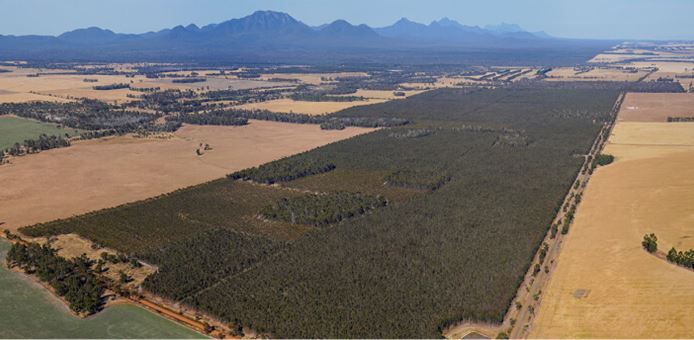
Planting for the future
Deep in Western Australia’s south, where some of Australia’s ancient forests can be found, INPEX Ichthys LNG is planting forests for the future.
Plantations of 1.4 million Mallee trees across 650 hectares were established in 2008 in two locations: at Goldings near Ravensthorpe (393 hectares) and at Kirkwood near Albany (257 hectares).
Carbon sequestration can help to slow the atmospheric accumulation of greenhouse gases.

